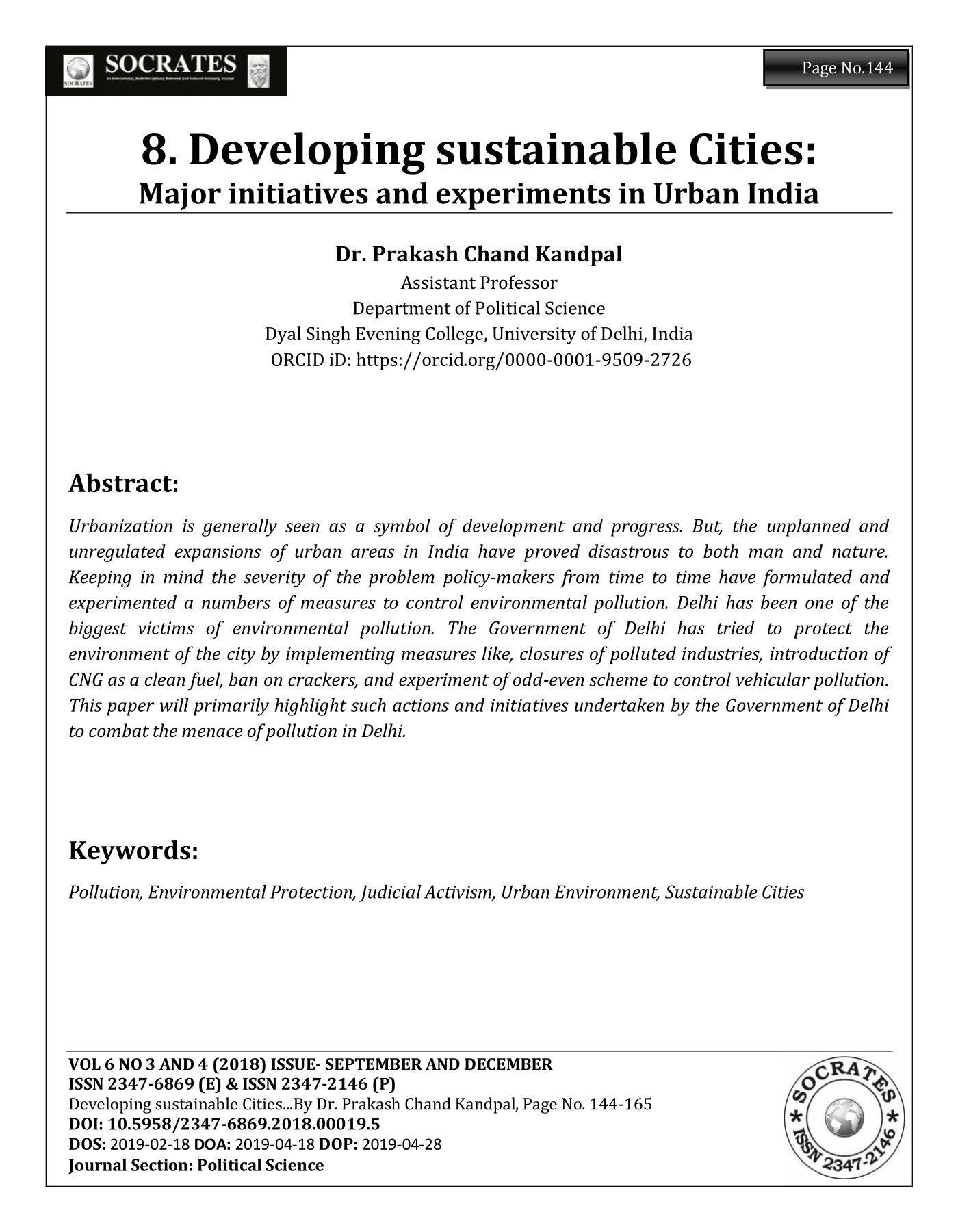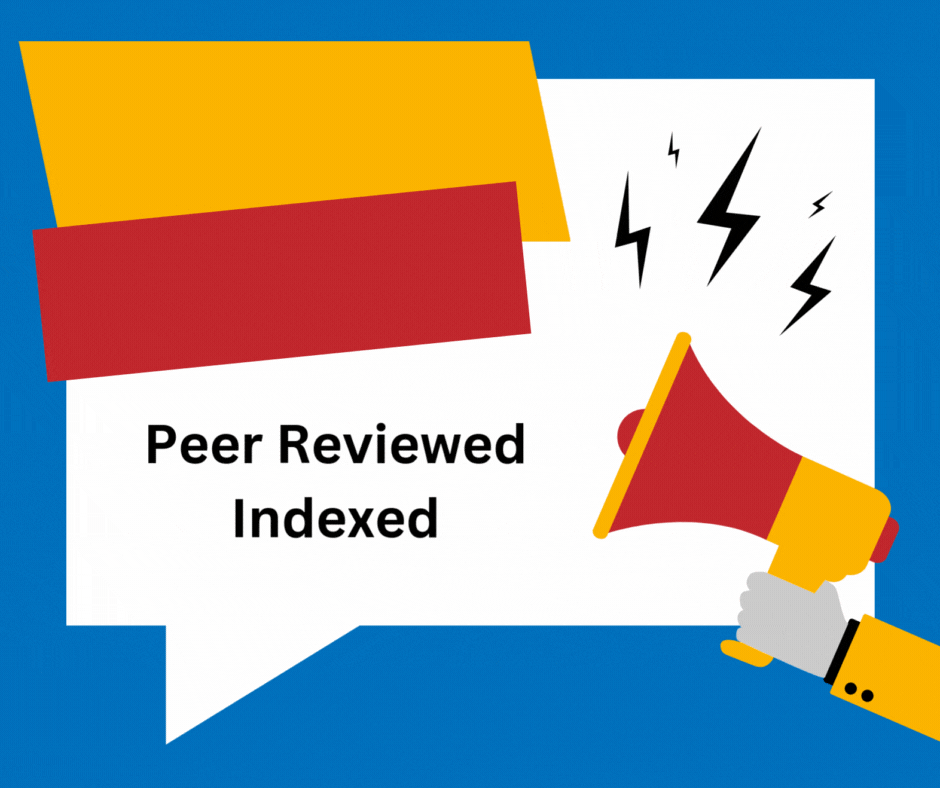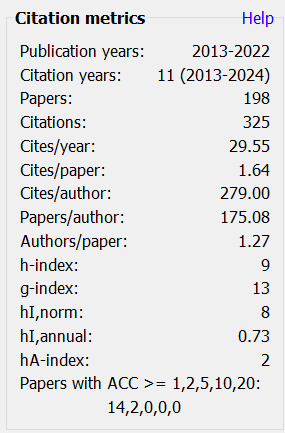Developing sustainable Cities
Major initiatives and experiments in Urban India
DOI:
https://doi.org/10.5958/2347-6869.2018.00019.5Keywords:
Pollution, Environmental Protection, Judicial Activism, Urban Environment, Sustainable CitiesAbstract
Urbanization is generally seen as a symbol of development and progress. But, the unplanned and unregulated expansions of urban areas in India have proved disastrous to both man and nature. Keeping in mind the severity of the problem policy-makers from time to time have formulated and experimented a numbers of measures to control environmental pollution. Delhi has been one of the biggest victims of environmental pollution. The Government of Delhi has tried to protect the environment of the city by implementing measures like, closures of polluted industries, introduction of CNG as a clean fuel, ban on crackers, and experiment of odd-even scheme to control vehicular pollution. This paper will primarily highlight such actions and initiatives undertaken by the Government of Delhi to combat the menace of pollution in Delhi.
DOI: 10.5958/2347-6869.2018.00019.5
Downloads
Metrics
References
Arsalan ,Naveed (2010). New Delhi: A case study of the CNG revolution, 31 January 2010 .for more detail see:https://webberenergyblog.wordpress.com/2010/01/31/new-delhi-a-case-study-of-the-cng-revolution/
Chand, Prakash(2018). Environmental Governance in India: Issues and challenges, Sage, New Delhi
Chaudhary, Juhi (2016). Odds in favor of odd-even in Delhi, thethirdpole.net, January 8, 2016.For more details see:https://www.thethirdpole.net/2016/01/08/odds-in-favour-of-odd-even-in-delhi/
Government of India (1997). White Paper on Pollution in Delhi with an Action Plan, Ministry of Environment and Forests
Government of NCT (2001). Industrial profile – Delhi 2001, Department of Industries, Delhi
Government of NCT of Delhi (2002).State of Environment report for Delhi 2001, Supra 3
Government of NCT of Delhi (2002).Economic Survey of Delhi 2001-2002, Planning Department
Government of NCT of Delhi (2010). Industrial policy for Delhi 2010-2021, Department of Industries
Goswami, shweta (2017). Too many cars, bad planning: Why Delhi’s odd-even experiment Didn’t work breathless in Delhi, March 7, 2017, The Hindustan times
Halder ,Ritam (2016). Odd-even 2 has no impact on air pollution so far in Delhi, Hindustan Times, 24 April, 2016
Joshi, S.(2015). “200 cities to get CNG, PNG by 2015”, The Hindu
Kumar, Krishna (2016). After the Delhi experiment, The Hindu
Narain ,Urvashi and Alan Krupnick (2007). The Impact of Delhi’s CNG Program on Air Quality, Discussion Paper, Resources for the Future, Washington DC
Rajagopal, krishnadas(2017). SC brings back ban on firecrackers in Delhi-NCR Region, October 9, 2017, The Hindu
Sharan, Awadhendra(2014). In the City, out of place: Nuisance, Pollution and Dwelling in Delhi.c.1850-2000, Oxford University Press, New Delhi
Sinha , Bhadra (2017). No firecrackers this Diwali: SC puts on hold sale in Delhi-NCR till November 1, Oct 10, 2017, Hindustan Times, New Delhi
Supreme Court Cases (1996), 4 SCC 750, (Lucknow: Eastern Book Company, 1996)
Supreme Court Cases (1996), Supra16, p.760.
Tata Energy Research Institute (2001).State of Environment Report for Delhi 2001, New Delhi
The Hindu (2015). November 18
The Times of India (2014). December 23
World Commission on Environment and Development (WCED) (1987). Our Common Future, Oxford: Oxford University Press

Downloads
Published
How to Cite
Issue
Section
Categories
License
Copyright (c) 2019 Dr. Prakash Chand Kandpal

This work is licensed under a Creative Commons Attribution-NonCommercial 4.0 International License.
Revised Copyright/CC license that applies to all the articles published after 05-02-2017
Attribution-NonCommercial 4.0 International (CC BY-NC 4.0)

Copyright/CC license that applies to all the articles published before 05-02-2017
Attribution-Non Commercial-No Derivatives 4.0 International (CC BY-NC-ND 4.0)

Author(s) will retain all the right except commercial and re-publishing rights. In the case of re-publishing, they will have to obtain written permission from the journal. Additional licensing agreements (Creative Commons licenses) grants rights to readers to copy, distribute, display and perform the work as long as you give the original author(s) credit, they can not use the works for commercial purposes and are not allowed to alter, transform, or build upon the work. For any reuse or distribution, readers and users must make clear to others the license terms of this work. Any of these conditions can be waived if you get permission from the copyright holders. Nothing in this license impairs or restricts the authors’ rights. To view a copy of this license, visit http://creativecommons.org/licenses/by-nc-nd/4.0/ or send a letter to Creative Commons, 171 Second Street, Suite 300, San Francisco, California, 94105, USA.
Research Papers published in SOCRATES are licensed under an Attribution-NonCommercial-NoDerivatives 4.0 International (CC BY-NC-ND 4.0)
















